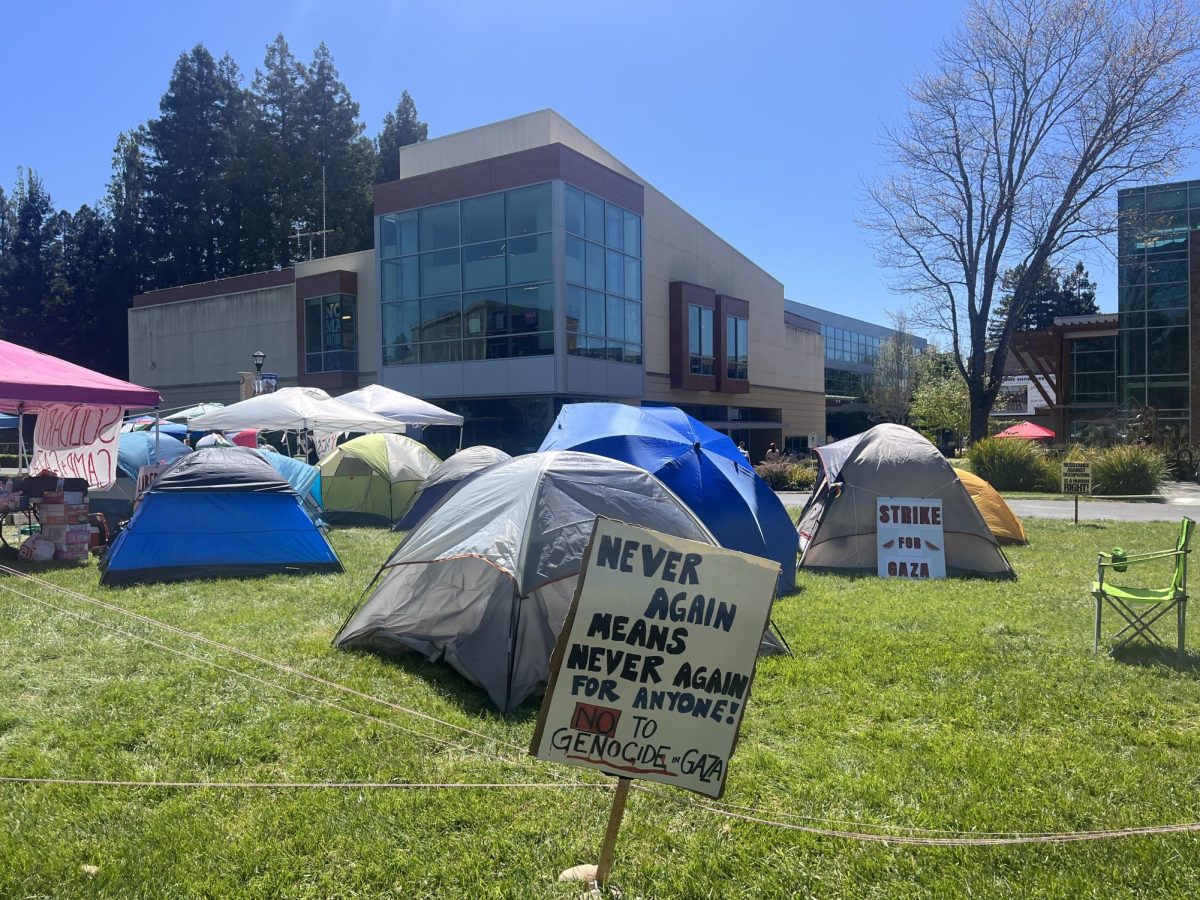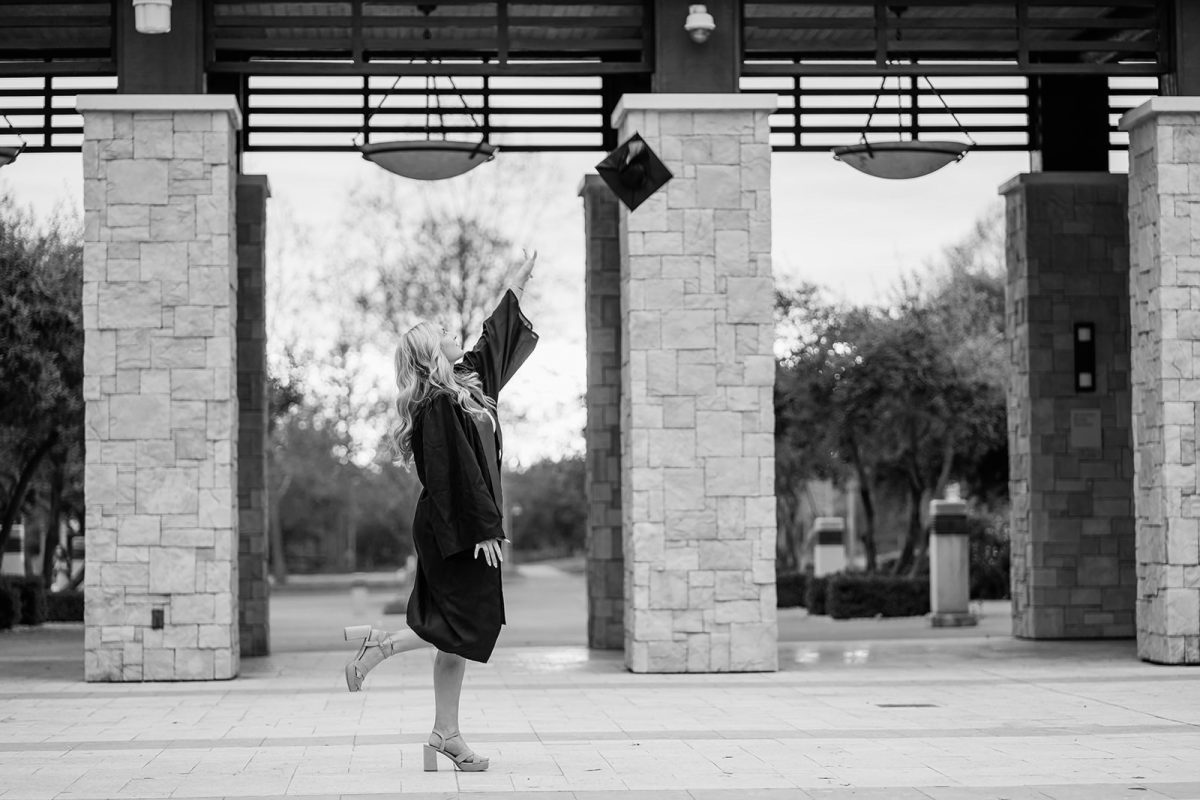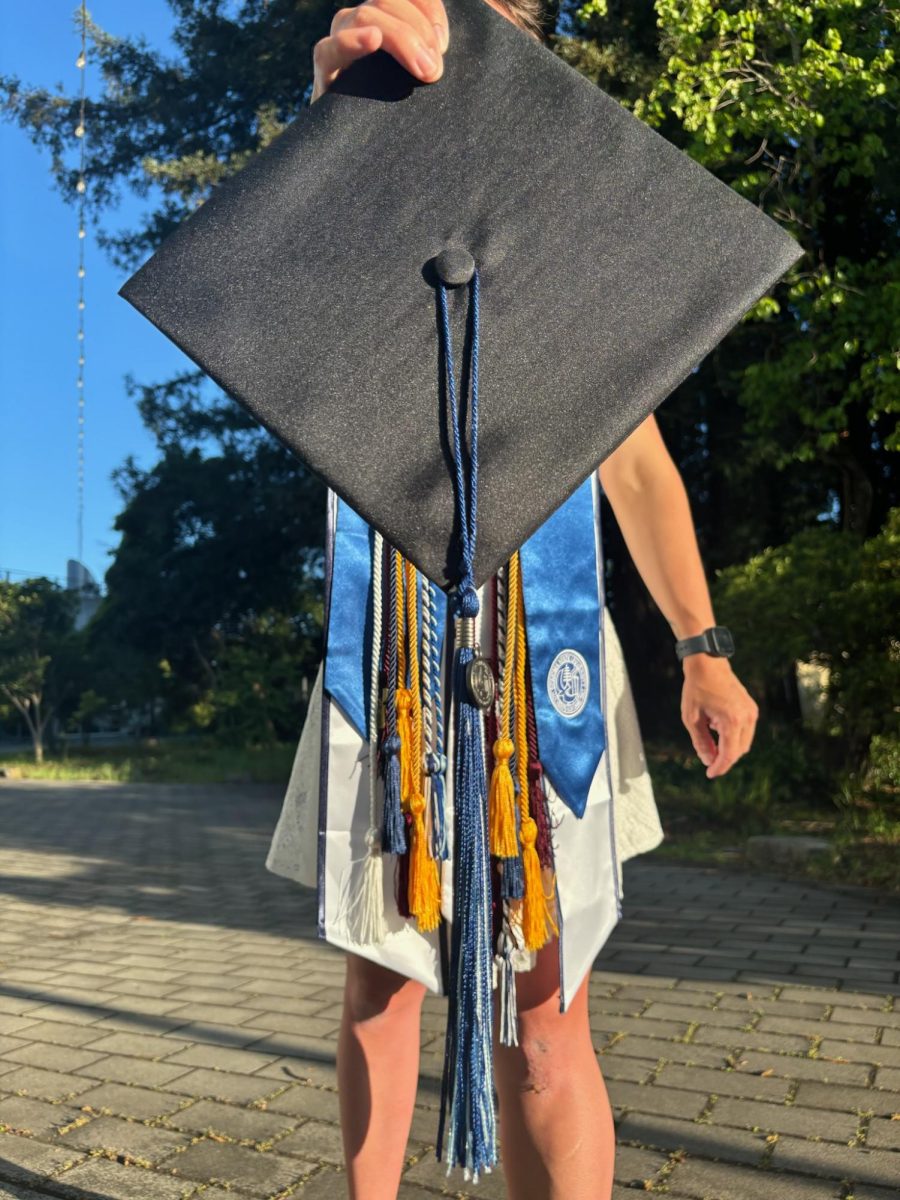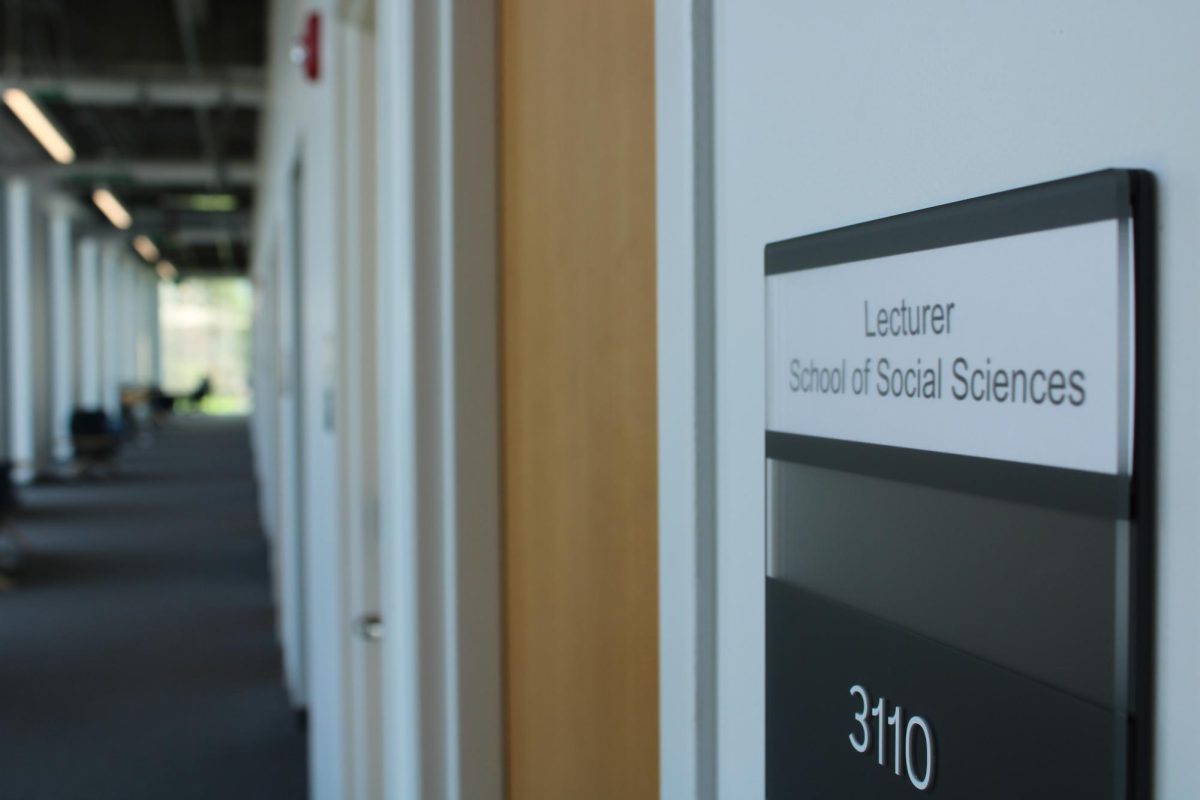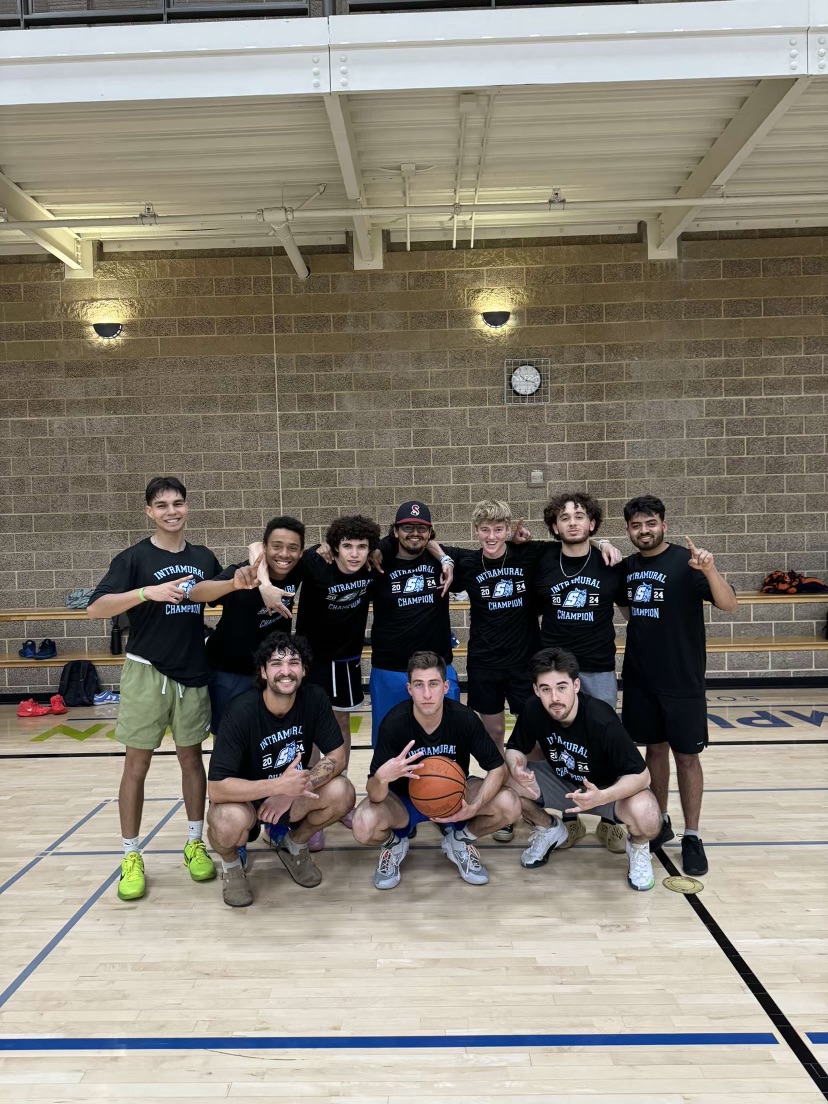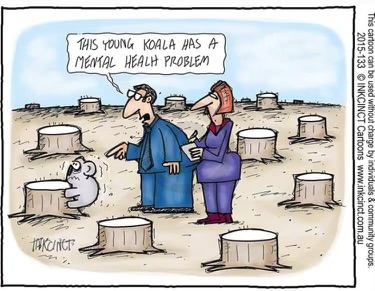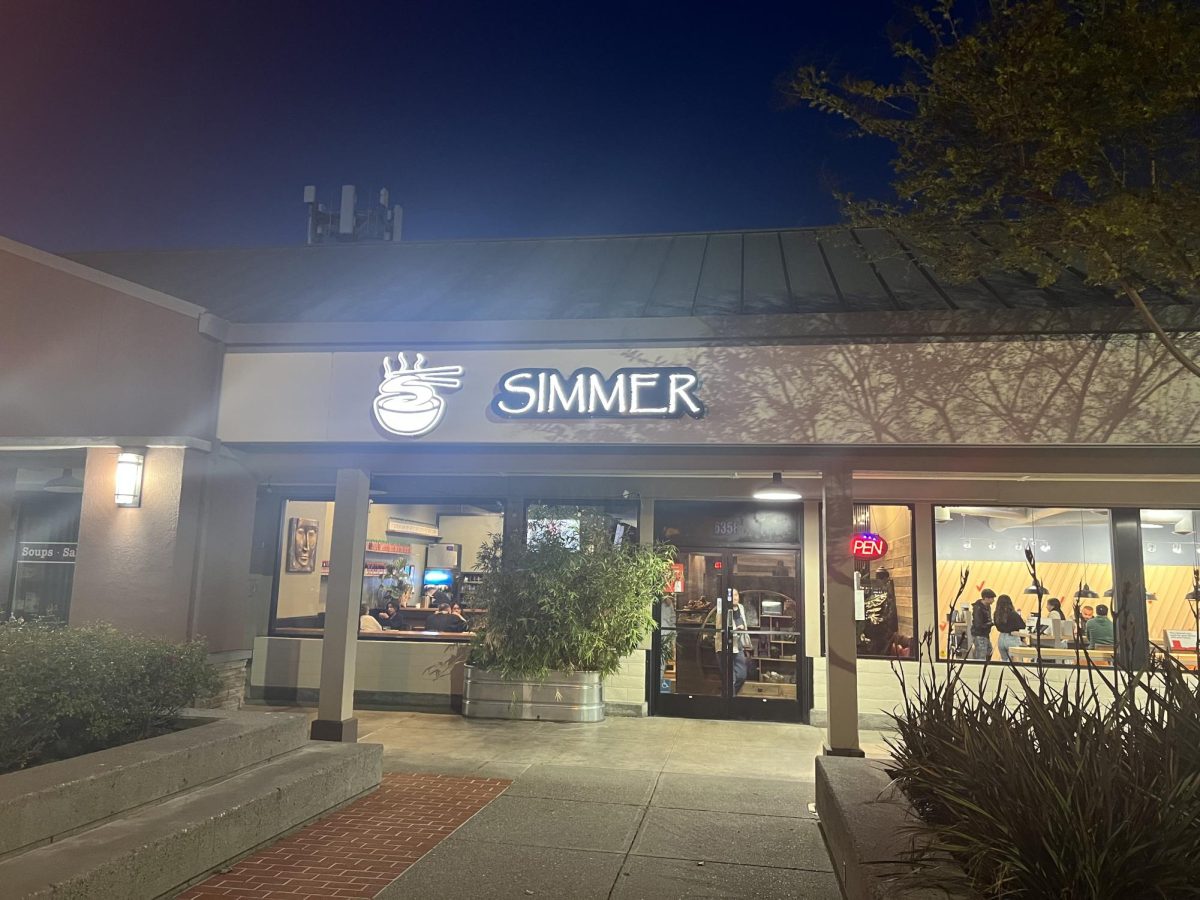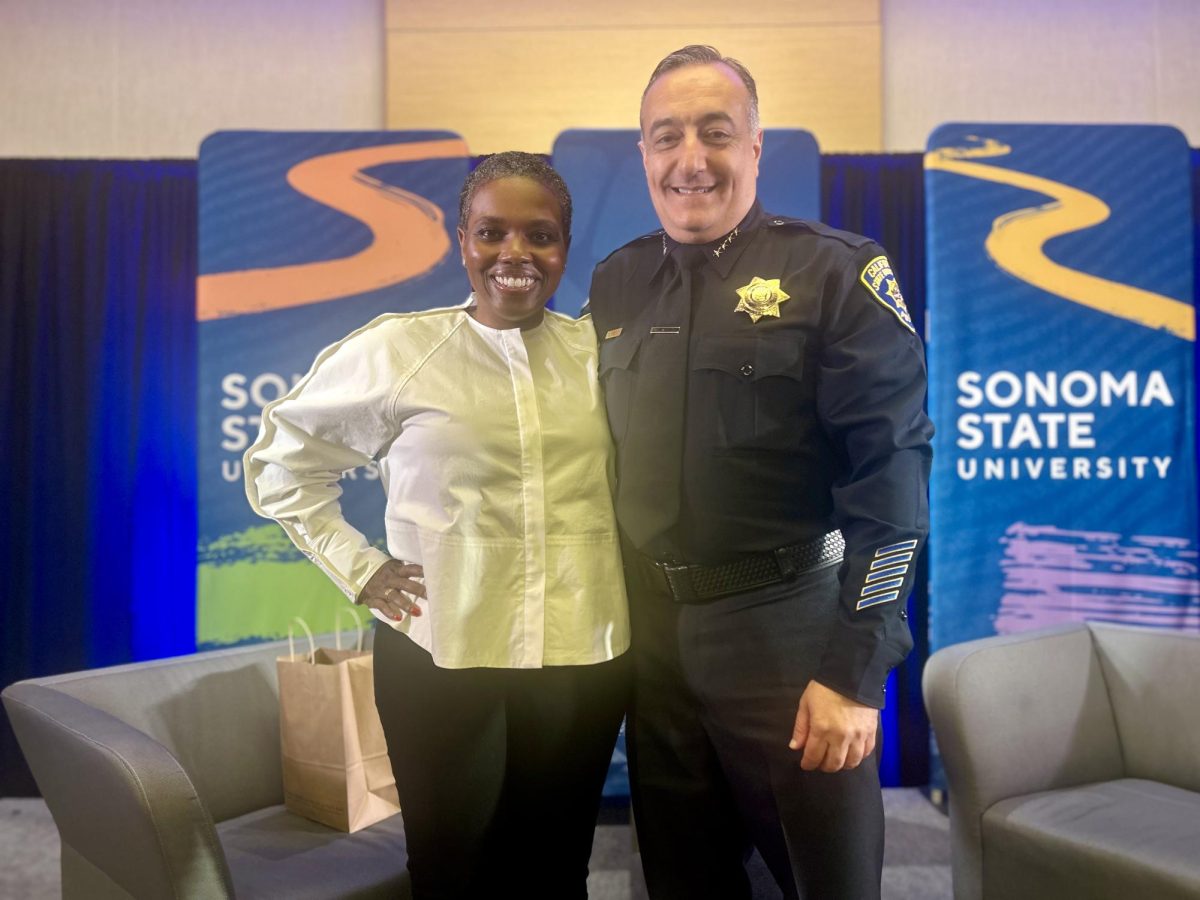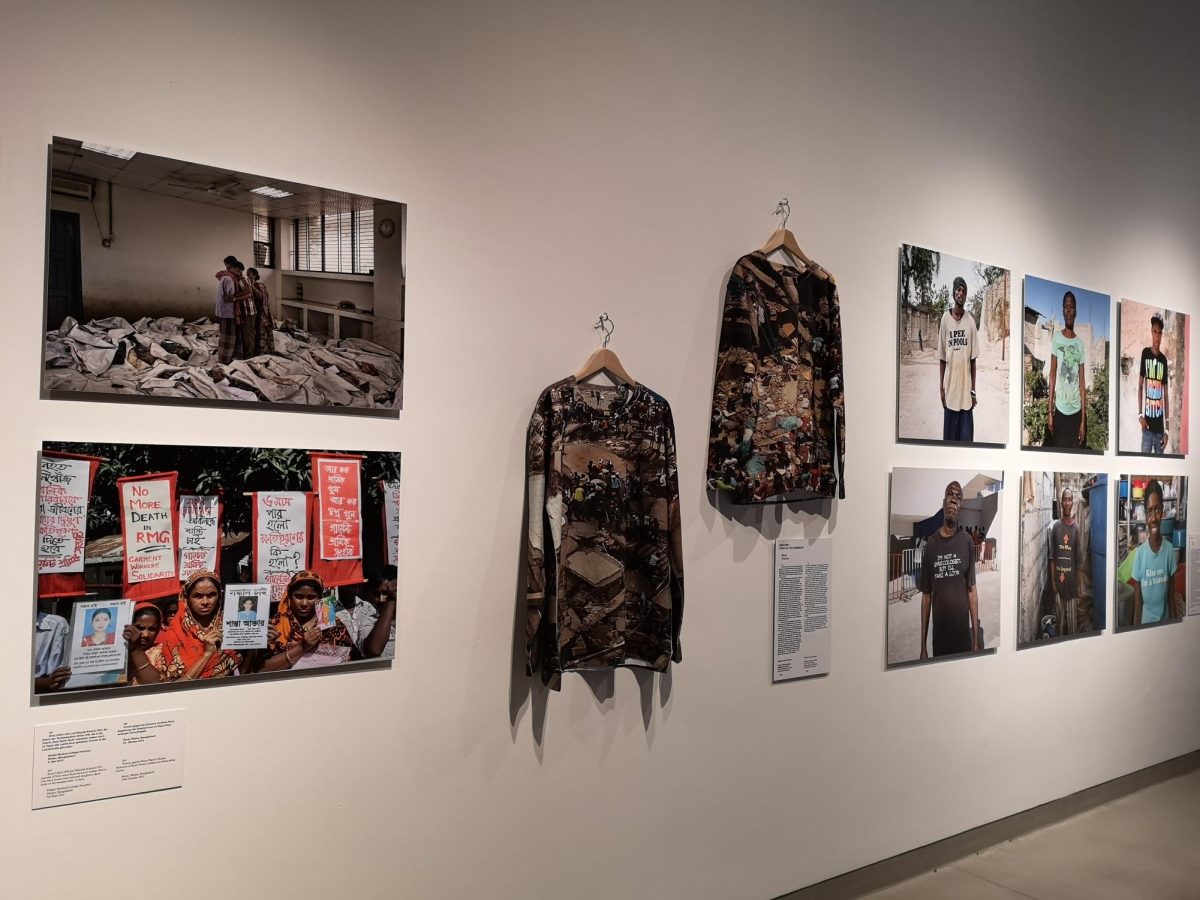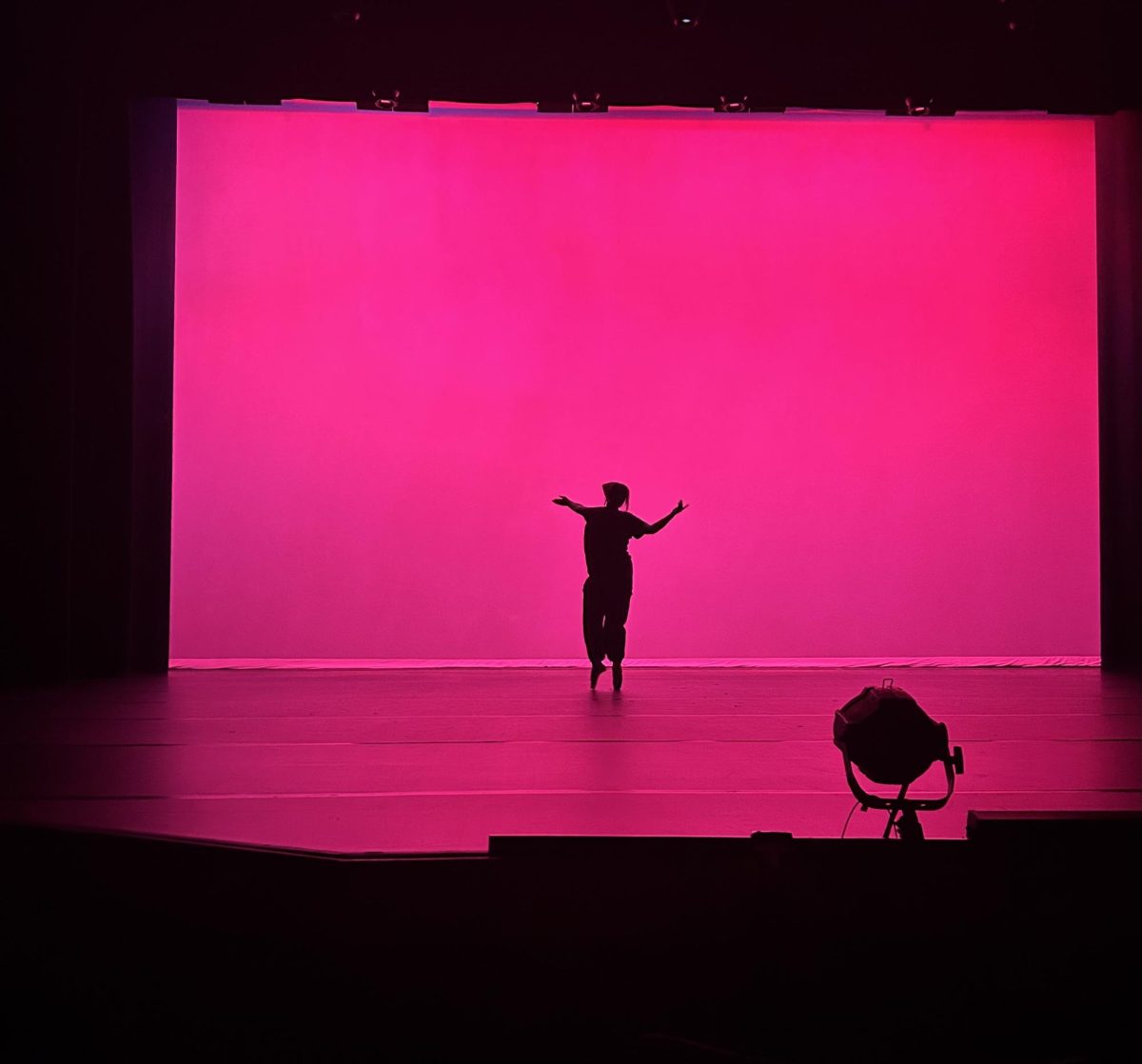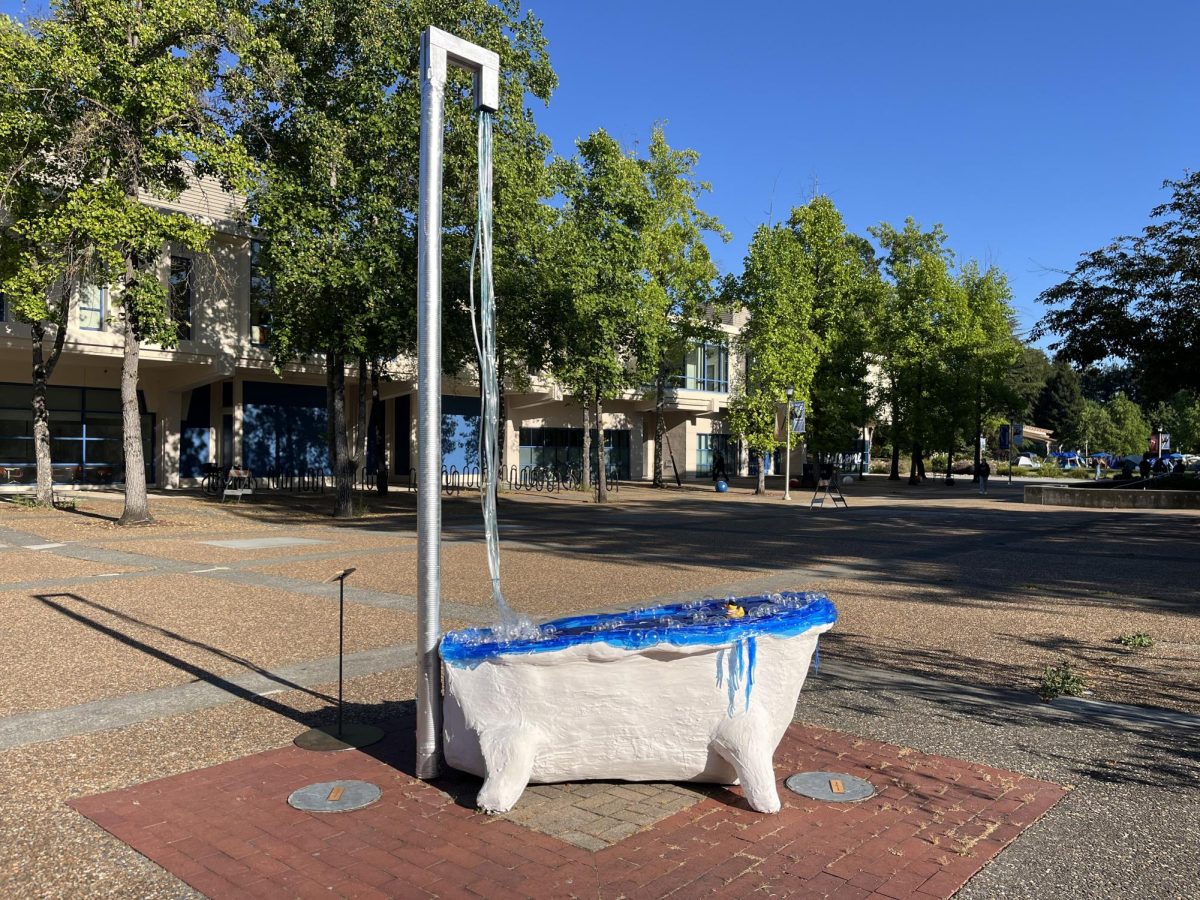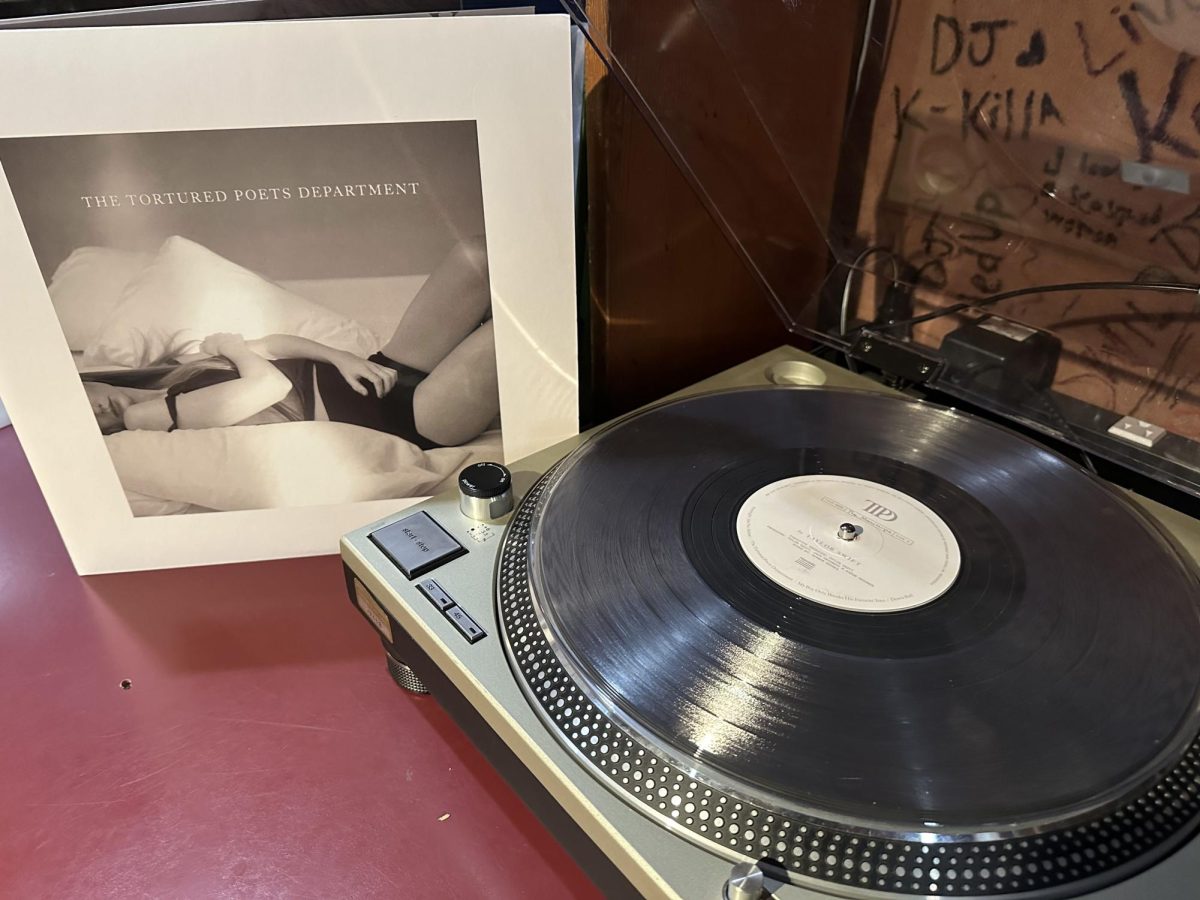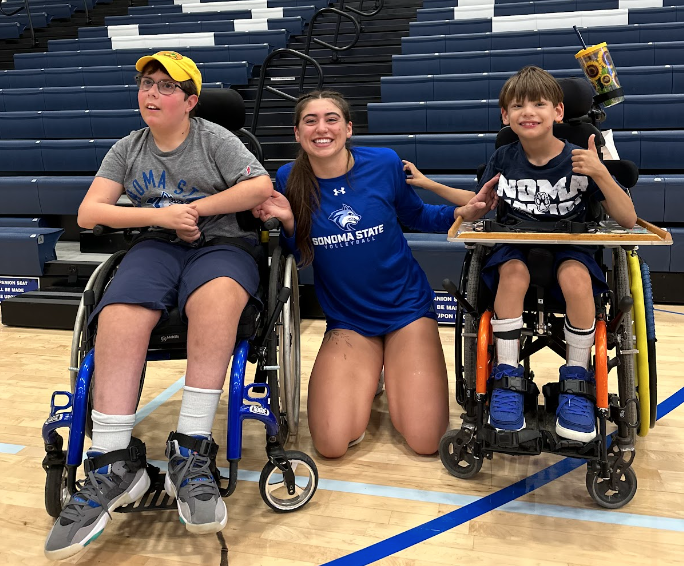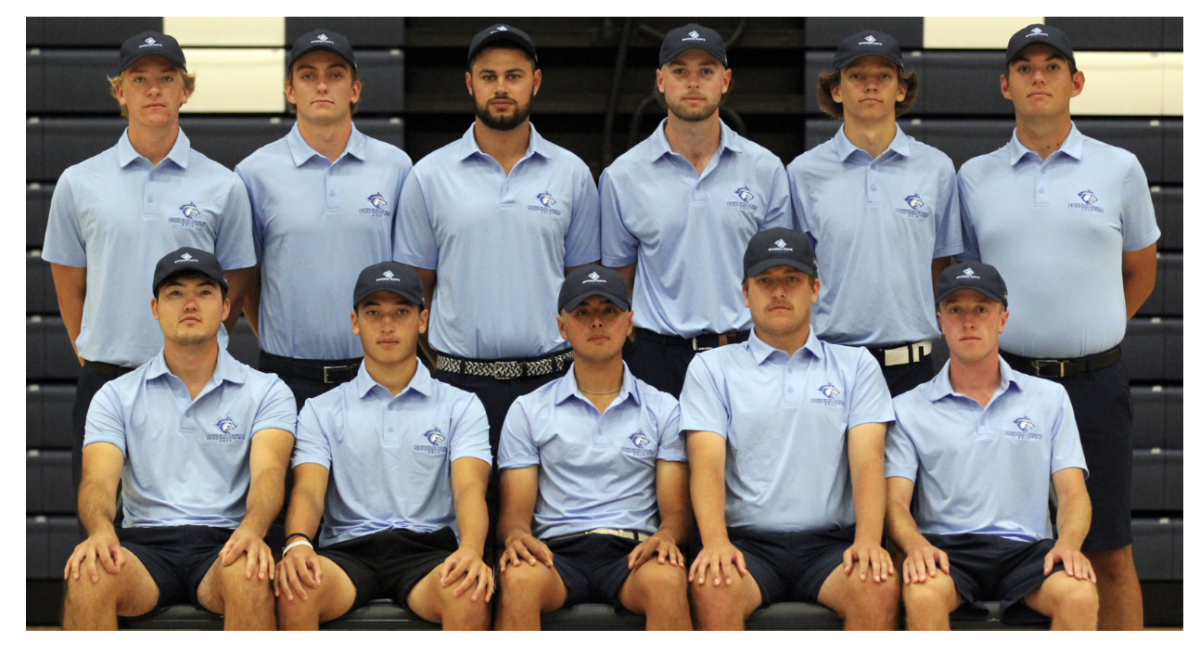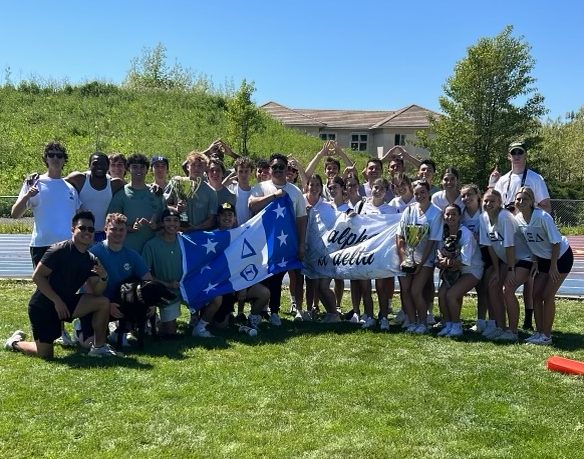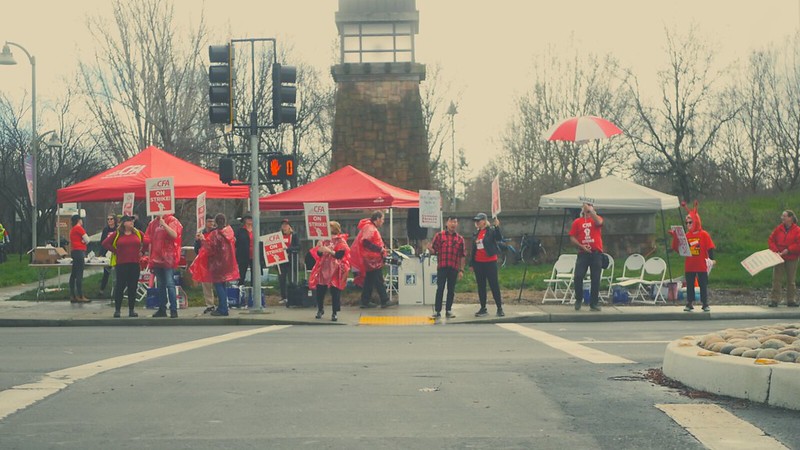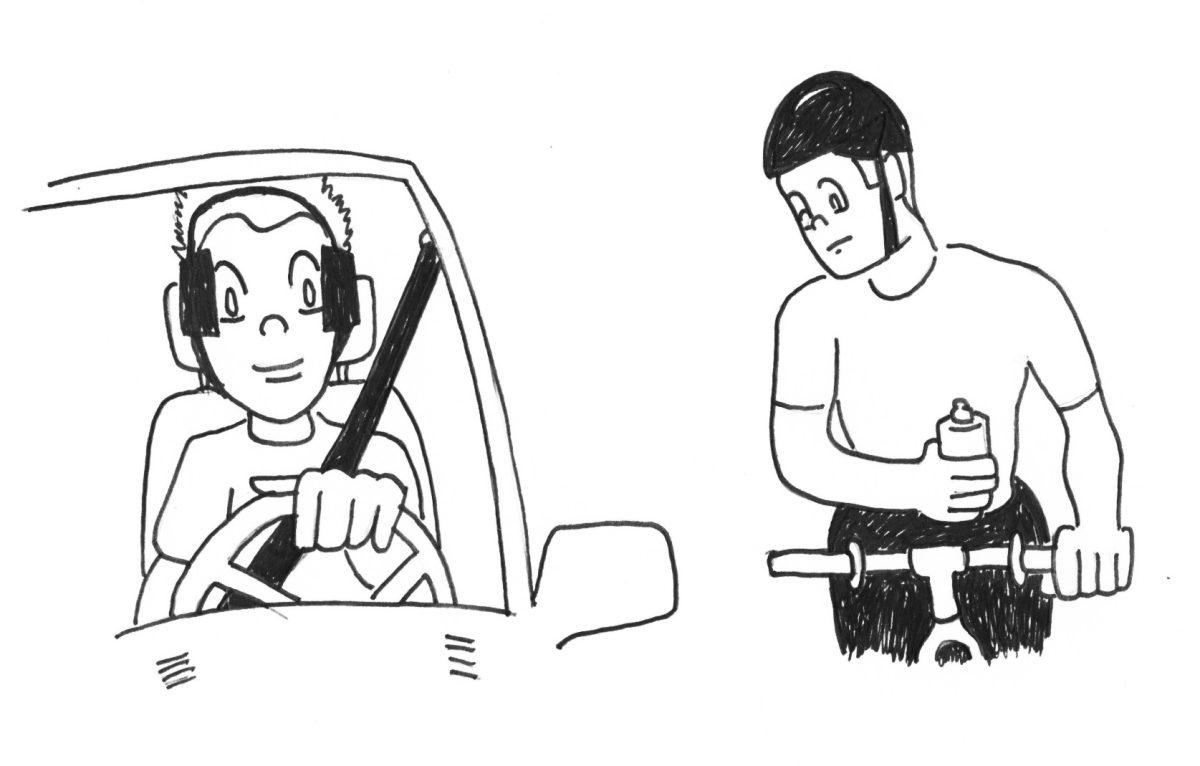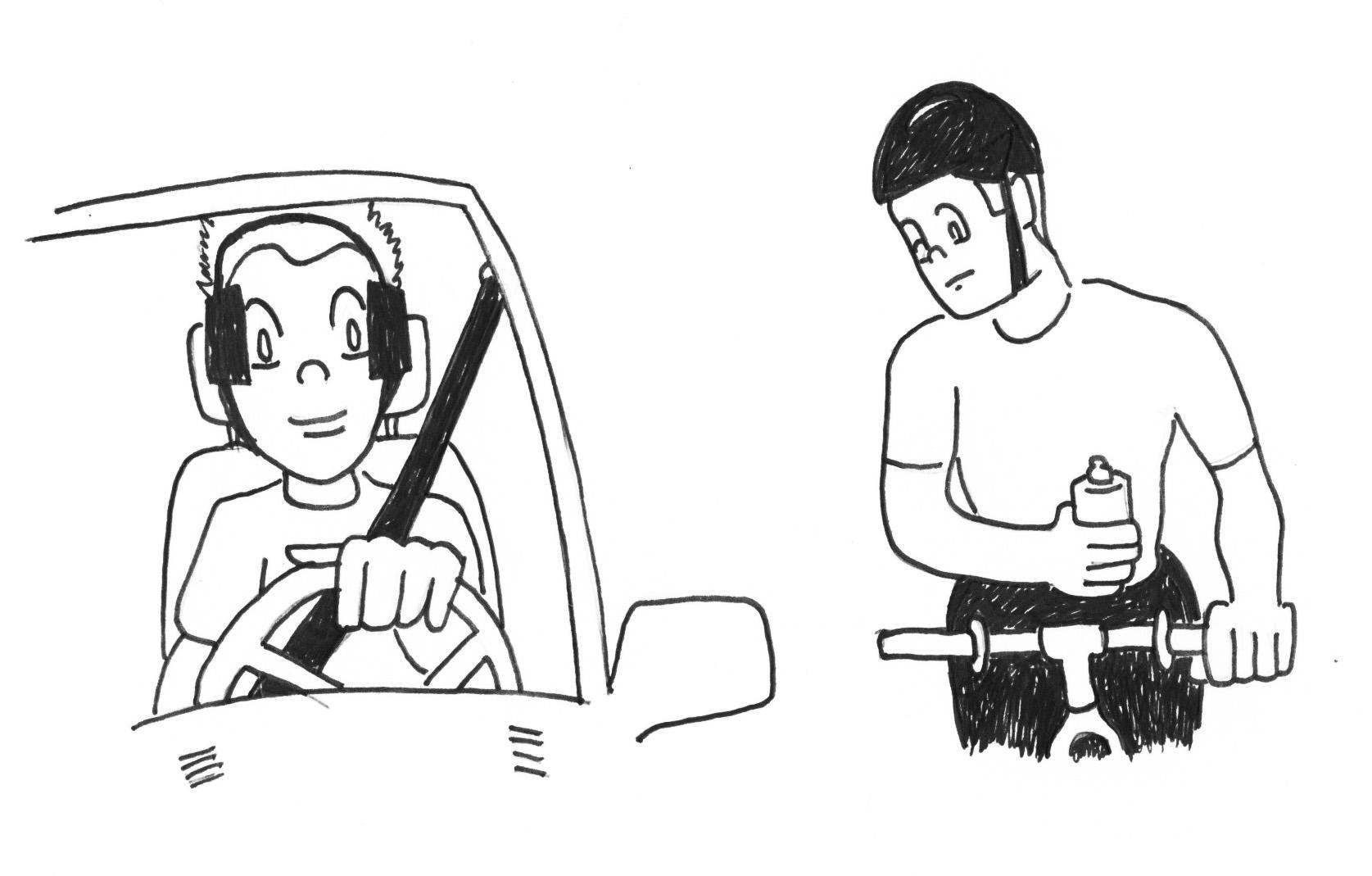If only the age-old simile, “like riding a bike,” was used to describe more than a skill that once learned, is never forgotten.
Some people grow up and learn how to cycle at an early age, but later in life transition into driving motor vehicles and never look back. While others are quite the opposite, and instead have bicycling become one of the most important and frequent activities they make use of. The main thing both parties truly have an issue with, is being able to share the road together.
Bicyclists are eight times more likely to receive non-fatal injuries in the United States compared to Germany, and 30 times higher than the Netherlands and Denmark, according to a 2007 study by the U.S. Department of Transportation. It doesn’t appear as any secret, one of these places needs to play some serious catch-up work as far as safety is concerned.
The problem is comparable to families who have children at early ages, resulting from a lack of sex education, whereas accidents involving cyclists happen because of a related absence of information. For starters, creating a better, earlier learning experience is key.
Drivers aren’t taught the street smarts of cycling at a department of motor vehicles (DMV), and ironically, there’s no governing program requiring and telling people how to ride a bicycle on the road. The necessary information is available, but it’s not mandatory for either group to know.
Similarly, there is no need for bicyclists to obtain a license. For one to learn how to properly operate a bike, the task is researched and done independently.
The Sonoma County Bicycle Coalition was on campus Oct. 13 with Sonoma State University Police Officer Eric Wilde, giving fake tickets to educate students on locking their bikes effectively. People choose to lock up thousand-dollar bicycles with cheap locks, believing it’s safe, yet it’s simply a lack of education and understanding of how to better the situation.
The group has relevant information online, such as how to report malfunctioning traffic signals, giving readers the opportunity to share with them when a problem like this occurs and what local cities are doing to improve the issue.
As of August 2014, there have been 31 cases of bike theft reported this semester to Police and Safety Services, according to Wilde. He encourages students to get their bicycles registered and engraved on campus, or at the very least have the serial number written down somewhere.
One of the things Sonoma State lacks is a bicycle program, despite the Campus Rec Center offering a service open 3 hours a day. The coalition has calendar events for bike rodeos, allowing kids to learn and play on skill courses. If something like this were implemented for college students, both drivers and cyclists would reap the educational benefits.
Transportation has improved overall in Rohnert Park, as within the past year people have come to notice several well-done, clearly laid out green bicycle lanes, yet there is still room for improvement. The idea of riding a bike from home to school may seem simple, but without knowing how to communicate with traffic and properly ride, it can be deadly.
With the Three Feet for Safety Act becoming a law last month, drivers have to keep a distance at all times, hopefully resulting in safer practices. As far as both motorists and cyclists are concerned, the frustration of having to warn each other and safely get from one place to the next is ongoing, but being reminded of pertinent and useful information takes priority.

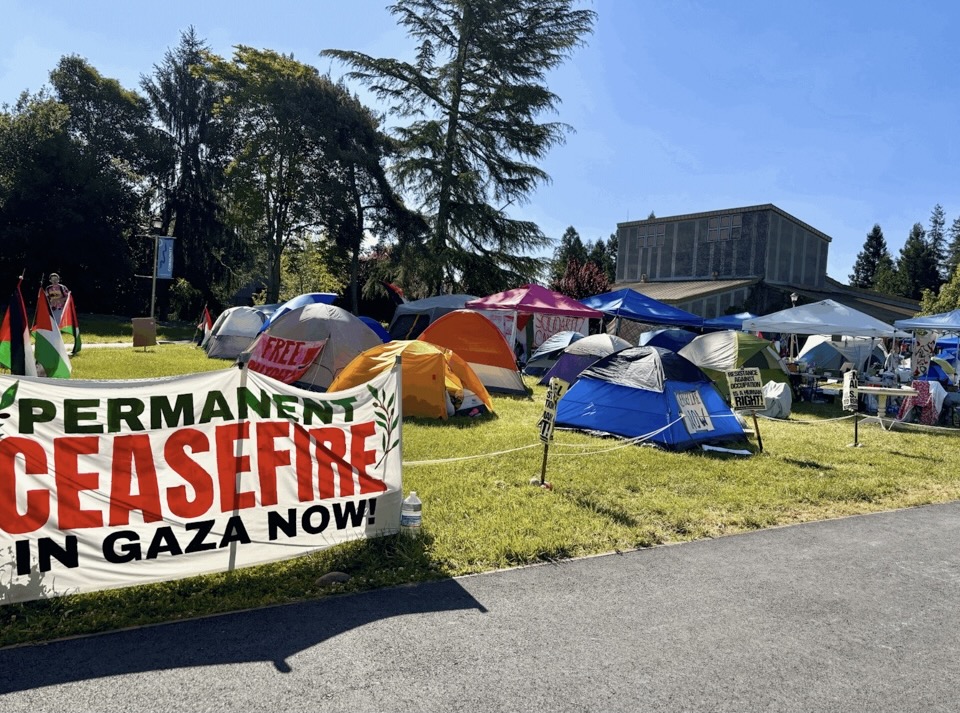
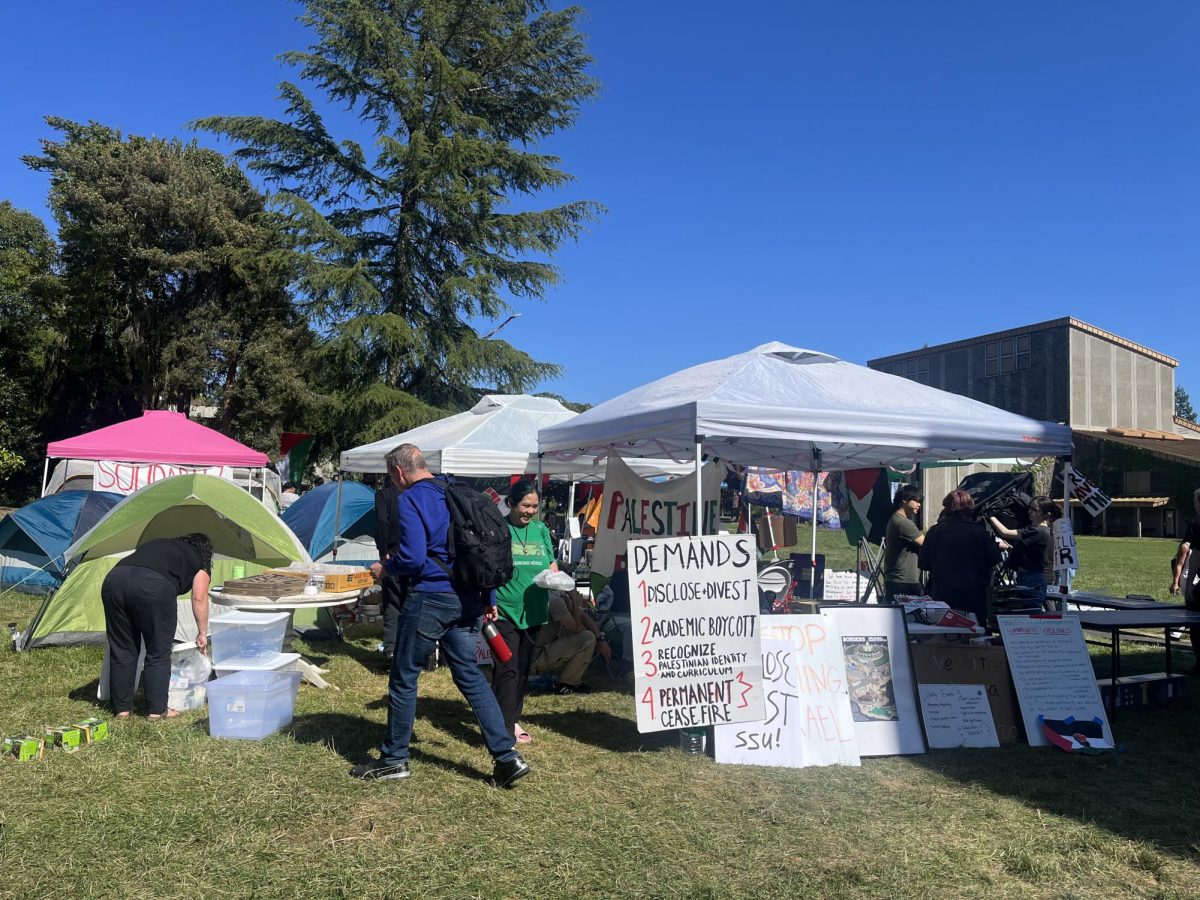

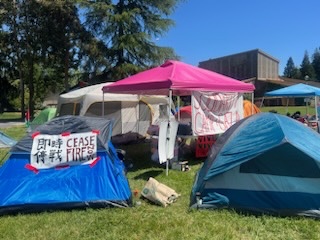
![[Both photos courtesy of sonoma.edu]
Ming-Ting Mike Lee stepped in as the new SSU president following Sakakis resignation in July 2022](https://sonomastatestar.com/wp-content/uploads/2024/04/CC4520AB-22A7-41B2-9F6F-2A2D5F76A28C-1200x1200.jpeg)
